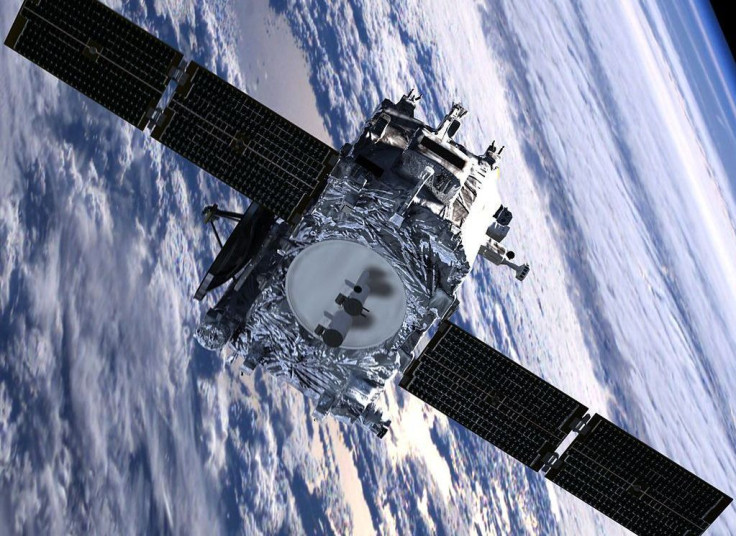STEREO-B, NASA’s Sun-Watching Spacecraft, Starts Talking After Nearly 2 Years Of Silence

NASA has successfully reestablished contact with one of its Solar Terrestrial Relations Observatories (STEREO), after the space agency lost communication with the spacecraft nearly two years ago. The spacecraft, known as STEREO-B, is part of a mission to view the sun from vantage points on the other side of the star from Earth.
After scientists at NASA lost communication with STEREO-B on Oct. 1, 2014, the spacecraft spent 22 months alone in the void until Sunday when contact was reestablished with the help of a monthly recovery operation using NASA's Deep Space Network (DSN). At 6:27 p.m. EDT on Sunday, DSN — which tracks and communicates with missions throughout space — managed to establish a lock on the STEREO-B downlink carrier, allowing the Mission Operations team to characterize the attitude of the spacecraft and to take necessary measures to save battery power.
“The STEREO Missions Operations team plans further recovery processes to assess observatory health, re-establish attitude control, and evaluate all subsystems and instruments,” NASA said in a statement, adding that STEREO-A still continues to work normally.
The STEREO spacecraft were designed with a command loss timer, an automatic reset button that can restart the spacecraft after 72 hours without contact. Communications with STEREO-B were lost when scientists were testing this function to prepare the spacecraft for solar conjunction, an incident when STEREO-B’s line of sight to Earth — as well as all communication — was blocked by the sun.
After the hard reset, STEREO-B was supposed to power itself back on and send a status report to Earth. Seconds after the reset, STEREO-B did send a weaker-than-expected signal, but it quickly faded away. According to scientists, that was the last time they heard from STEREO-B.
In December 2015, NASA said that STEREO-B emerged into a region where it could once again receive radio signals, and that scientists were working on a plan to get it back on track.
Launched in October 2006, the two STEREO spacecraft were originally designed to complete a two-year mission, ending in 2008. However, they lasted much longer, offering scientists with views of the sun’s far side.
According to scientists, operating a spacecraft for more than four times its original lifespan is very difficult, and in STEREO’s case, its orbit was considered to be the biggest hurdle.
“The sun emits strongly in nearly every wavelength, making it the biggest source of noise in the sky,” Dan Ossing, mission operations manager for the STEREO mission at the Johns Hopkins University Applied Physics Laboratory in Laurel, Maryland, said in a statement. “Most deep space missions only have to deal with sun interference for a day or so, but for each of the STEREO spacecraft, this period lasted nearly four months.”
© Copyright IBTimes 2024. All rights reserved.





















